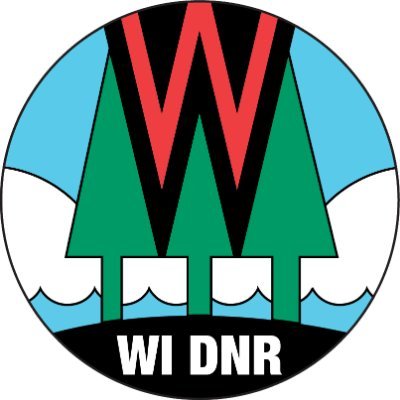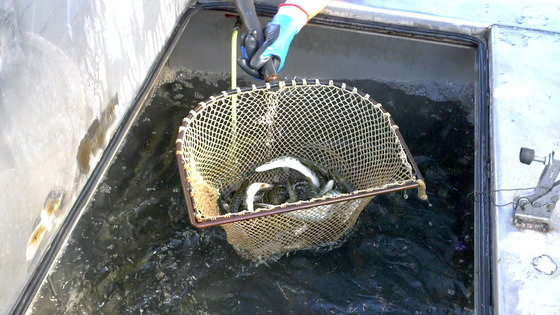DNR Releases 2022 Air Quality Trends Report
Success In Some Areas, Challenges In Others
MADISON, Wis. – The Wisconsin Department of Natural Resources (DNR) today announced the release of the 2022 Air Quality Trends Report.
The annual report includes state monitoring data through 2021 for air pollutants regulated under the federal Clean Air Act, including ground-level ozone, particle pollution, sulfur dioxide, nitrogen dioxide and carbon monoxide. Although concentrations of these pollutants have generally decreased in all regions of the state since monitoring began, Wisconsin faces tough challenges in continued reductions now and into the future. In recent years, the trends report shows that some pollutants have recorded slight increases in concentrations or plateaued reductions.
“We are excited to introduce this new StoryMap tool as part of the annual trends report release to better share Wisconsin’s air quality story,” said Katie Praedel, DNR’s Air Management Monitoring Section Chief. “This new interactive tool provides a more user-friendly visual way to convey complex air quality data for Wisconsin residents.”
Other highlights in the report include:
- Reducing sulfur dioxide (SO2) in an area near Rhinelander by implementing new emission control measures.
- The reduction means the entire state now meets the EPA SO2 standard.
- Overall, statewide concentrations have decreased by 88% since the early 2000s.
While trends in ozone concentrations have flatlined in recent years, ozone values have improved substantially since monitoring began in the early 2000s. The Lake Michigan shoreline region has seen a 25% average reduction in ozone concentrations between 2001 and 2021. With these reduced ozone concentrations, the EPA announced in spring 2022 that the eastern half of Kenosha County is meeting the 2008 ozone standard. All Wisconsin ozone monitors are now meeting the 2008 ozone standard.
“Despite challenges with ozone along the Lake Michigan shoreline, the Trends Report shows Wisconsin’s air quality continues to improve, at the same time as Wisconsin’s economy continues to grow,” said DNR Secretary Preston D. Cole. “Historically and currently, when continually faced with ozone nonattainment challenges, the department has relied on our strength in partnerships with local, state and federal partners, research organizations and businesses operating in Wisconsin to facilitate air quality improvements.”
The 2022 Air Quality Trends Report, StoryMap, and other historical reports are available on the DNR’s Air Quality webpage. Current Wisconsin air quality conditions can be found on the Wisconsin Air Quality Monitoring Data webpage.
NOTE: This press release was submitted to Urban Milwaukee and was not written by an Urban Milwaukee writer. While it is believed to be reliable, Urban Milwaukee does not guarantee its accuracy or completeness.
Mentioned in This Press Release
Recent Press Releases by Wisconsin Department of Natural Resources
DNR Seeking Public Comment On Master Plan Variance To Add Trailhead Shelter, Storage Facilities To Peninsula State Park
Jul 17th, 2025 by Wisconsin Department of Natural ResourcesPublic Comment Period Open Through Aug. 7
DNR Publishes 2024 Fish Stocking Summary
Jul 16th, 2025 by Wisconsin Department of Natural ResourcesOver 5 Million Fish Stocked Into Wisconsin Waters























